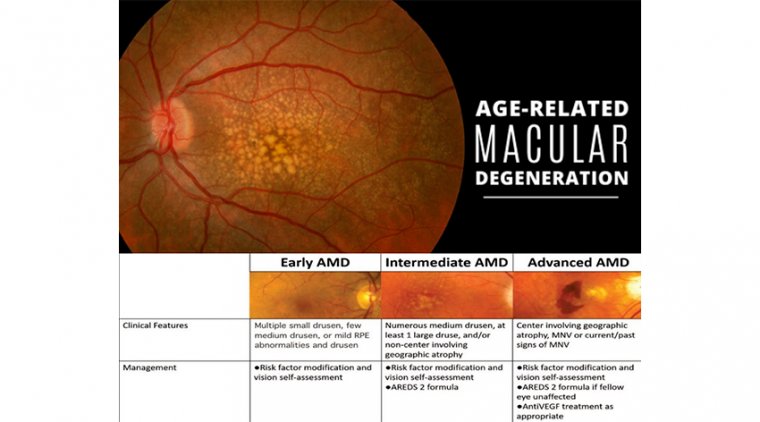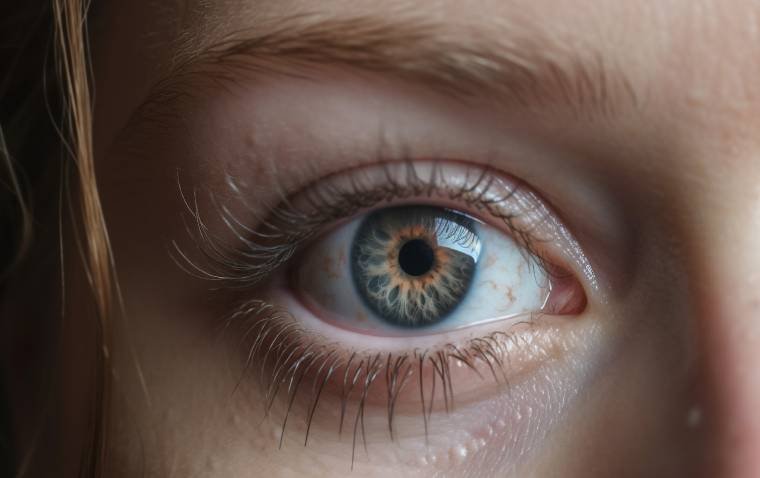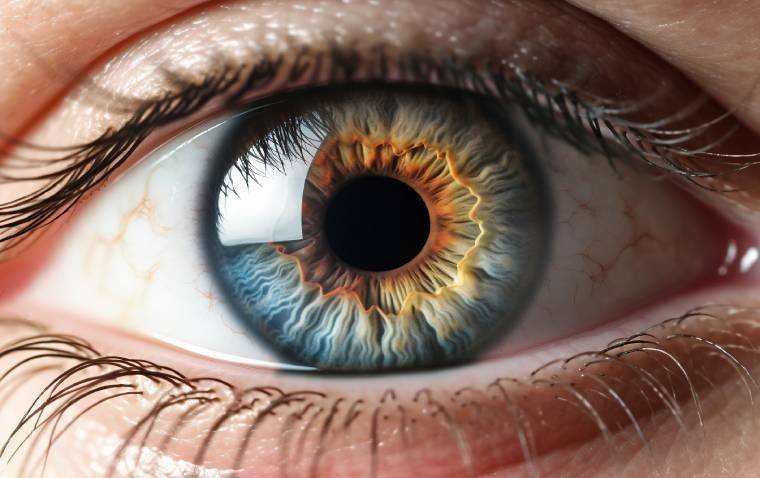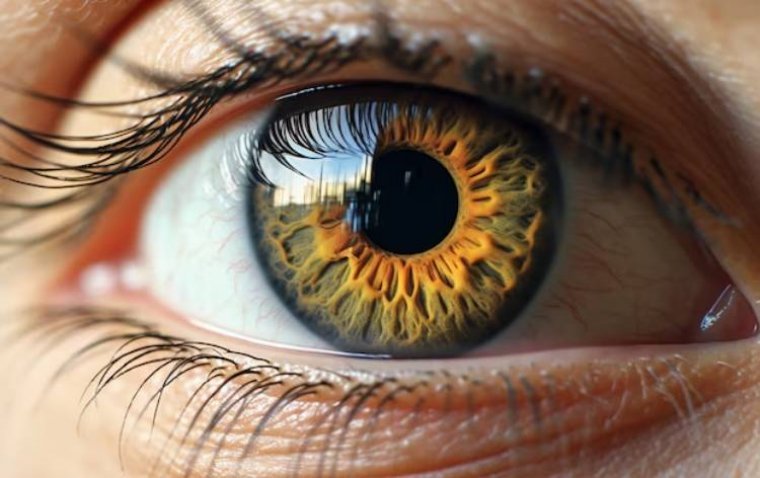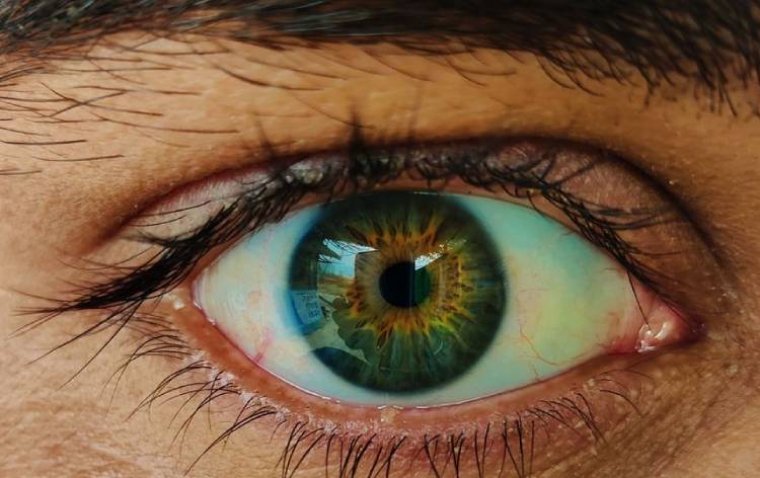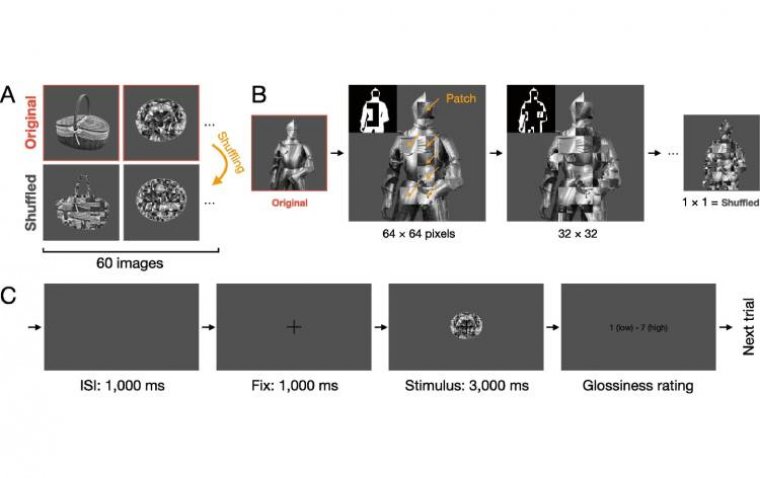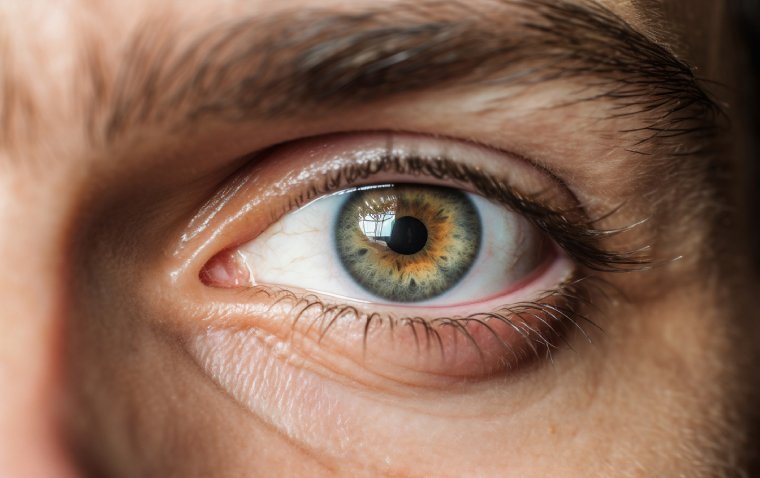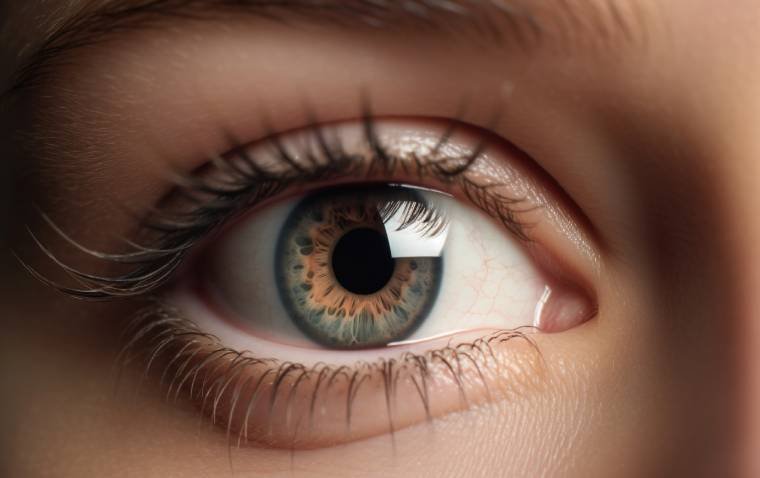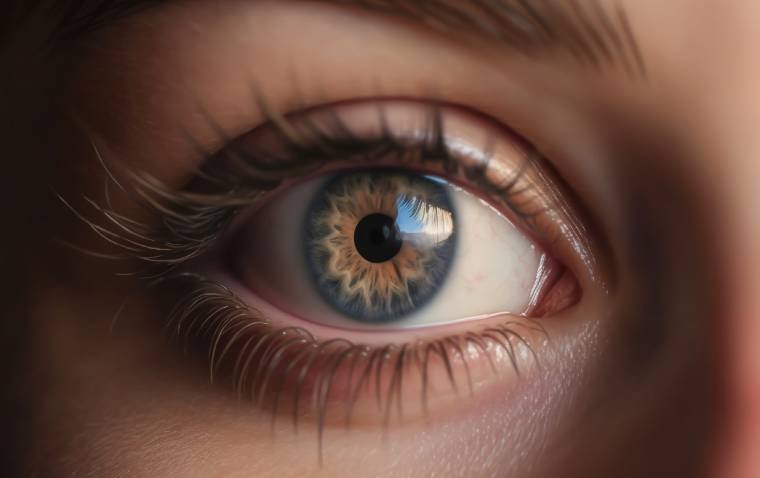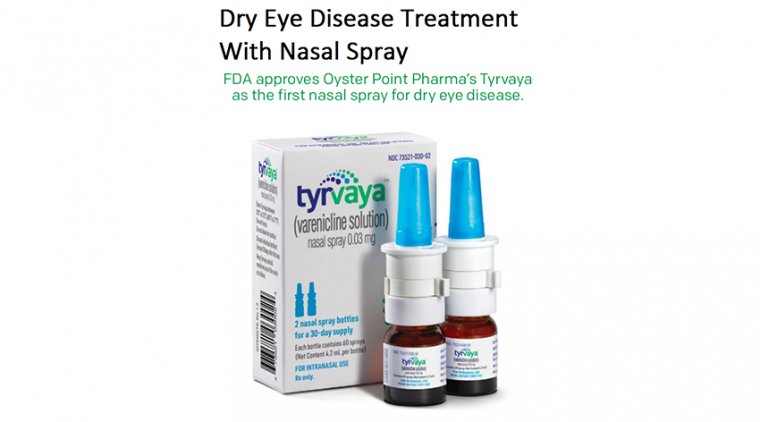
Dry Eye Disease Treatment With Nasal Spray
In dry eye disease, the loss of tear film homeostasis triggers a vicious cycle that involves inflammation and cellular damage as both sequellae of disease as well as primary components contributing to progression, which in turn leads to further tear film destabilization.
Among current medications for dry eye disease, most focus on modulating the inflammatory part of the cycle, reducing inflammation to promote better tear film production.
However, if the eye could produce a healthy natural tear film that is not compromised by inflammation and cell damage, ocular surface health could be more easily maintained.
The tear film’s natural composition includes not only the muco-aqueous and lipid layers but also a complex mixture of more than 1,500 different proteins, nerve, and epidermal growth factors for healing, and anti-inflammatory and antimicrobial components.
There is no substitute for natural tears and a healthy, natural tear film, both of which protect and lubricate the eye, improving ocular comfort and helping to maintain consistently clear vision.
Millions of people worldwide suffer from the itching, burning and other discomforts of dry eye disease (DED). Ophthalmologists can now offer this patient population a new and unique treatment alternative to artificial tears.
Oyster Point Pharma’s Tyrvaya (varenicline tartrate solution (0.03 mg) received FDA marketing approval in September as the first and only nasal spray for the treatment of the signs and symptoms of DED.
Novel Mechanism of Action
Unlike artificial tears, which work directly on the cornea to reduce inflammation, Tyrvaya is a highly selective cholinergic agonist that stimulates the trigeminal parasympathetic pathway.
Accessible through the nose, the pathway plays an important role in basal tear film production by the lacrimal glands, goblet cells and meibomian glands.
“With this new nasal spray, we can take advantage of the knowledge of this trigeminal parasympathetic pathway that integrates all three structures in the lacrimal functional unit to help with tear homeostasis by improving that basal tear film,” says Vance Thompson, MD, director of refractive surgery for Vance Thompson Vision in Sioux Falls, S.D.
“There are over 1,500 proteins in tears, along with multiple other lipids and mucins that provide strong antiinflammatory and strong antimicrobial abilities,” Dr. Thompson adds.
“No drop has ever been invented to reproduce our own natural tears. They’re very complicated, and it is something that is revolutionary in dry eye therapy.”
“The approval of Tyrvaya nasal spray marks a milestone for patients and eyecare professionals by providing a new drug treatment option for the signs and symptoms of DED with a differentiated route of administration that is believed to leverage a nerve pathway that can be accessed within the nose,” says Jeffrey Nau, PhD, MMS, president and CEO, Oyster Point Pharma.
“In any therapeutic area, it’s always an exciting moment when you follow the science and develop a truly innovative pharmaceutical treatment option for patients that addresses an important unmet medical need.”
Benefits of Natural Tears
Administered twice daily into each nostril, Tyrvaya’s advantages over eyedrops include a milder side-effect profile. In clinical trials, a brief sneeze (82%) and cough (between 5% and 16%) were the most common side effects, along with mild throat and nasal irritation.
“One of the problems with drops is that patients already have an irritated corneal surface, and a lot of drops involve burning and stinging,” Dr. Thompson says. He notes that a 2019 study by White et al found some 60% of DED patients discontinue treatment within 12 months.
“The idea of being treated so effectively without having to use eyedrops is very attractive to patients. There’s nothing hitting the eye except your own natural tear.
“It’s a very frustrating disease. Postapproval, we are finding that patients are very interested in this [treatment], and I think the novel delivery is very powerful because dry eye patients don’t always like putting drops on their irritated eyes,” he says.
A Tear Film Trifecta
Currently, Tyrvaya is not reimbursed by most payers, but the company does offer financial assistance to eligible patients, according to Dr. Thompson.
With its rapid and consistent increase in basal tear secretion, its novel route of administration and the biological benefits of stimulating the body to heal itself from within, Dr. Thompson believes that Tyrvaya is poised to become a major addition to dry eye treatment. “We have what I call a ‘tear film trifecta,’” he says. “I think this will revolutionize dry eye care.”
(1).jpg)
